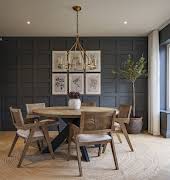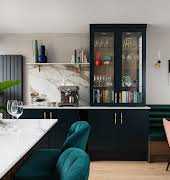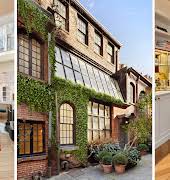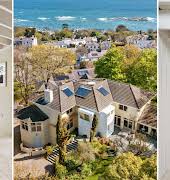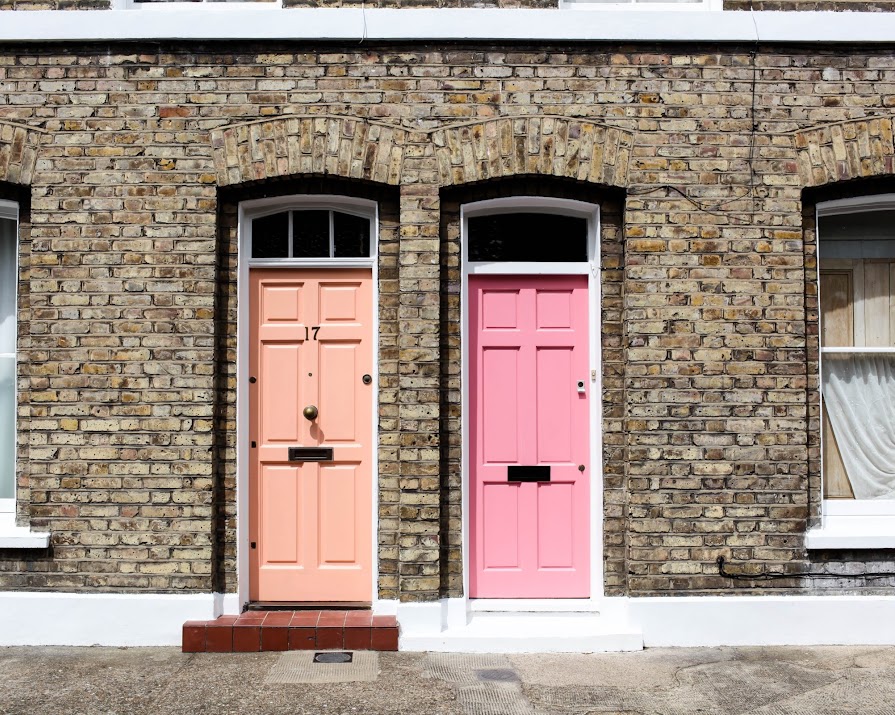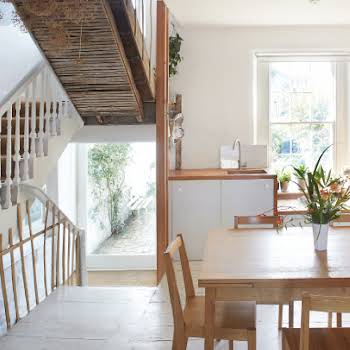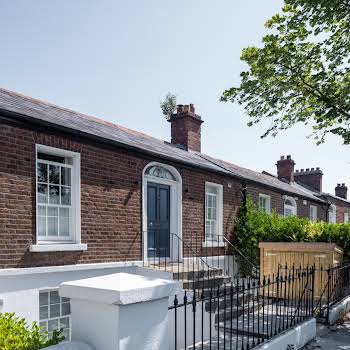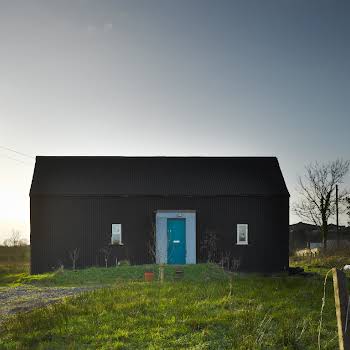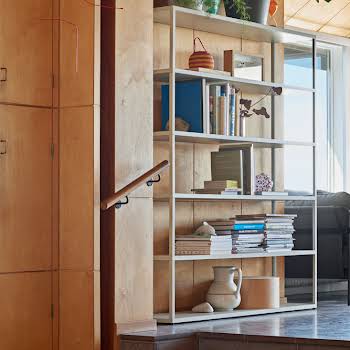
By Amanda Kavanagh
09th Feb 2020
09th Feb 2020
Move over glass box extensions, improving your BER rating is set to be our new national obsession.
BER stands for Building Energy Rating and it ranks your home’s energy efficiency from A to G, looking at things like insulation, water heating, ventilation and heat retention. Introduced originally in 2007, BER ratings are about to become even more relevant as we are fast-approaching the EU-directive that will set Nearly-Zero Energy Buildings (nZEB) as the standard. This means high BER ratings will now be required for most types of residential and non-residential building works.
It’s in part driven by Article 9(1) of Directive 2010/31/EU of the European Parliament, which will require all new buildings to be nearly-zero energy by the end of 2020. Plus, since April 1 2019, regulations have been in place that insist on a minimum A2 rating for new builds and major renovations; the rule for renovations being if “more than 25 per cent of the surface area of the building envelope undergoes renovation”.
It’s also driven by a broader understanding of the global climate emergency, and with Ireland lagging way behind on meeting our carbon-cutting targets, redesigning homes with thermal efficiency front-of-mind is becoming more and more pertinent. While in the past, the selling of thermal upgrades have focused on reducing your energy bills over time – and this is a nice boon – now, with daily reminders of climate emergency everywhere we look, bigger picture thinking has become the primary motivator.
Gearóid Carvill, architect at Dublin-based practice abgc, has plenty of professional and personal experience improving BER ratings and the grants process. “Works needs to be considered holistically,” he says. “Usually thermal upgrades are not done individually, but as part of a bigger refurbishment project. For example, external insulation typically works best when fitting new windows, and for an air to water heat pump to work efficiently, you need to reduce the overall heat loss. In fact, you won’t qualify for the SEAI grant unless you meet specified targets for heat loss per metre.”
If you’re planning or are already working on a new build, your architect should be fully up to speed on what is required and what grants and assistance may be available to you. Though do note, there can be a wait to work with contractors that are SEAI registered with specific grants and schemes, so do factor this extra time in. SEAI home energy grants can be worth the wait however, and can offer up to €6,000 for a single measure of external insulation on a detached house. “The SEAI allows, and actually encourages, multiple measures to be undertaken,” says Gearóid.
Insulation & BER reports
If you don’t know where to start, start with insulation. Many Irish homes are poorly insulated and the average home loses 20-30 per cent of its heat through the walls (at best), and 30 per cent through a poorly insulated attic. Get a BER assessment done and you will have a checklist to work through.
“You could change an E rated house to a D just by insulating the attic,” explains Gearóid. “It’s inexpensive, fast, and simple work that has no change on the interior below. Work should include attic hatch, water tank and pipes and ensure that proper ventilation through the attic is either maintained or established during the works.”
“‘Fabric first’ is the mantra,” he stresses. “The better the fabric of your external envelope performs, the less money you need to invest in technology to maintain comfort in your home. Panels, heat pumps and other systems ares all high cost investments which require maintenance, repair and periodic replacement.”
Appropriate materials
Solid wall construction, which is everything up to the early 20th century, relies on walls and roofs ‘breathing’ or allowing vapour to move through the walls through the seasons. “Modern materials like gypsum plaster and polyurethane insulation don’t breathe, so there is a conflict when using modern materials in older buildings which can result in damp and or mould. This requires deep consideration and careful detailing in design and construction. Historically, buildings were also well ventilated and our desire to eliminate draughts triggers an increased need to focus on provision of clean air and there are a number of options and considerations here too.”
Some years ago, the Irish government published a series of Advice Series illustrated booklets that may be of help in your research and they are free to download. “Plus the NIAH’s website Buildings of Ireland has a good list of further information, including those pamphlets for anyone who wants to deep dive,” says Gearóid.
Tech & Heat Pumps
Modern heating controls can reduce energy bills by 20 per cent, and you can monitor your usage through phone apps and turn off water/heat when they are not needed.
A heat pump is an expensive upgrade (between €6,000 – €11,000), but they are an efficient alternative to oil, gas, solid fuel and electric home heating systems. Since 2018, SEAI have offered a €3,500 grant for heat pump systems that can help you on your way.
Solar Panels
A solar thermal system can meet around 50-60 per cent of a household’s hot water needs over the course of a year, but get advice on placement before you have them installed; north-facing is a no-no, and if your home is a protected structure, it may not be possible at all.
Six to eight solar panels are practical for most average-sized homes, and as a very general estimate, can generate enough electricity for about one-third of a typical household’s needs.
A-Rating
If you are looking at a major renovation that includes insulation, windows, mechanical ventilation and a renewable heating system, there is a Deep Retrofit 50 per cent grant available from SEAI, but again, this does take time to process, so consider this in your planning.
Also, if you live in one of Ireland’s major cities, you may be entitled to help with the Living City Initiative, which gives tax relief in Special Regeneration Areas (SRA) in Cork, Dublin, Galway, Kilkenny, Limerick and Waterford until May 4, 2020. This can also be used on refurbishing or converting residential or commercial properties.
Passive Homes
Passive housing is the end destination, in which homes are sealed and mechanically ventilated, and where energy is generated primarily from body and solar heat. “In designing new homes, there are no excuse for poor performance and homes should be near zero or passive level,” says Gearóid, “but if you are working with an existing building, you need ‘manage your expectations’ and to carefully consider the existing construction, both from a technical and an aesthetic point of view. External insulation may work technically for a Victorian terrace, but may not be appropriate because of its impact on the character of the building. Drylining the same building may not be appropriate either due to its impact on internal decorative cornicing.”
Featured image: Gleren Meneghin on Unsplash
More like this:
Read more: House hunting? Look out for these signs of poor energy efficiency
Read more: The Image Interiors & Living’s Renovation Directory
Read more: How to avoid a hellish (and budget-busting) home renovation




